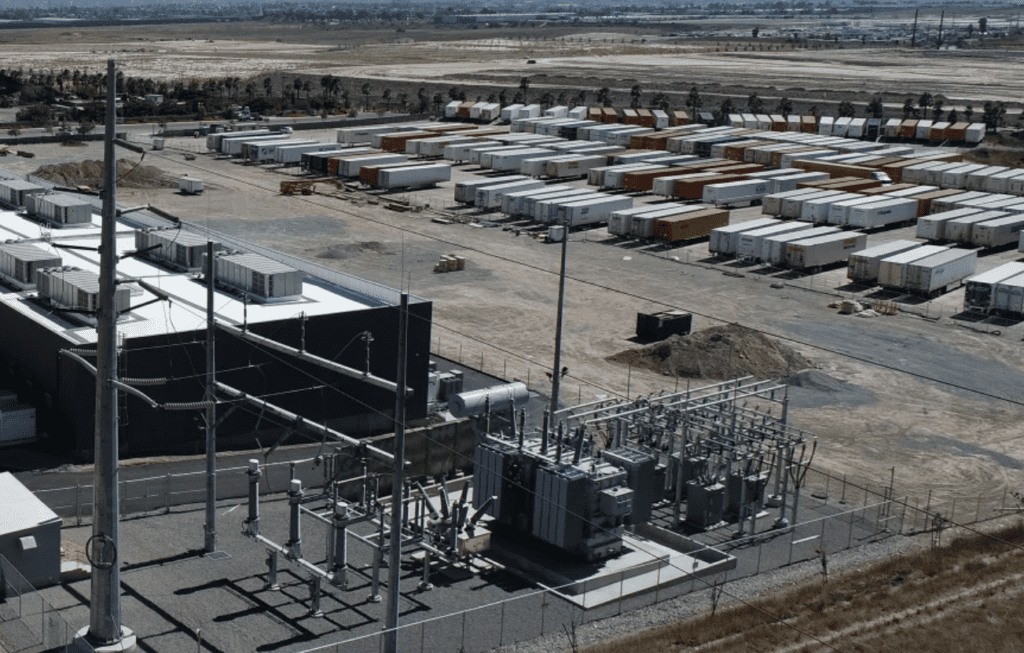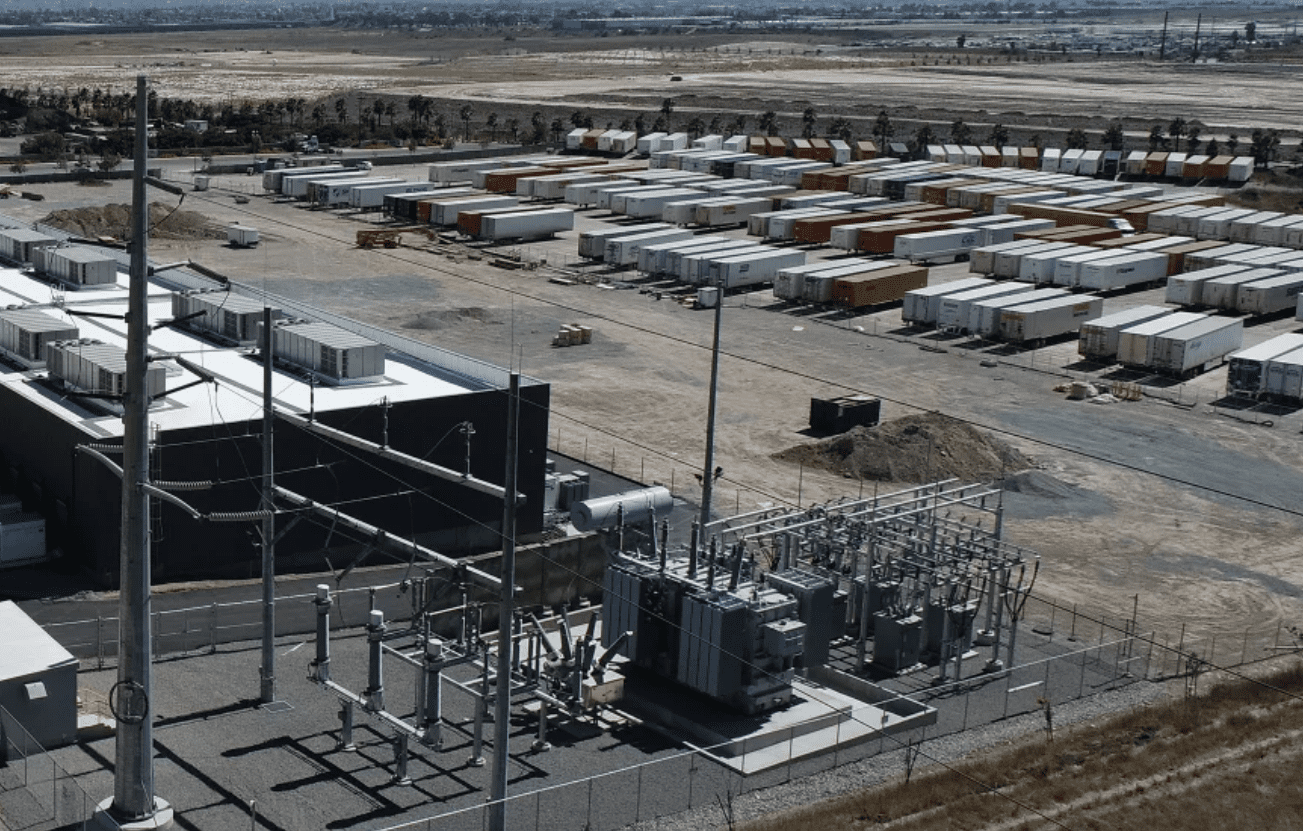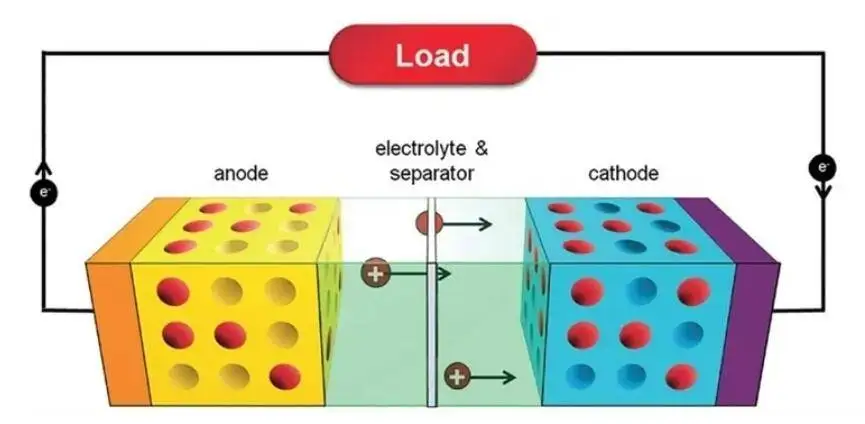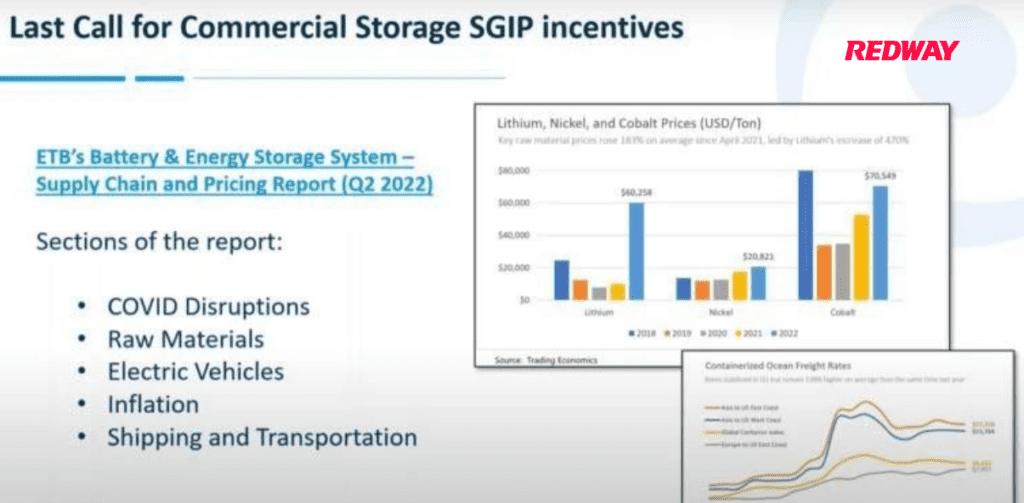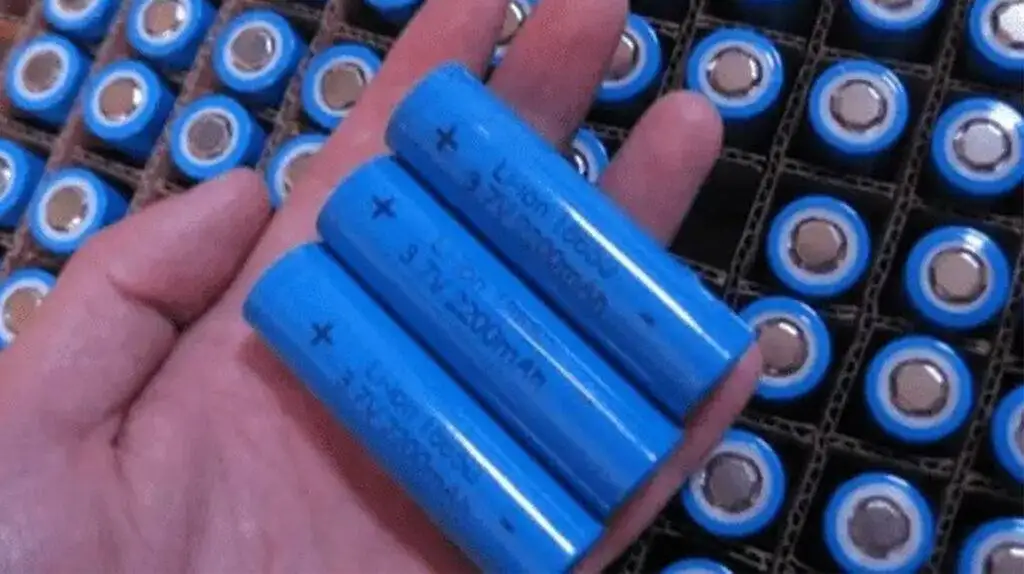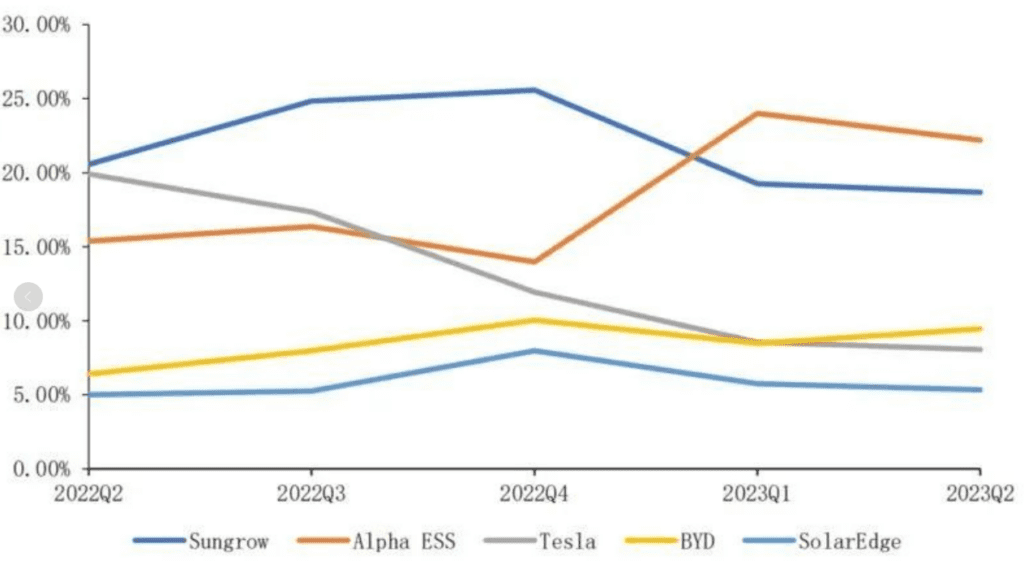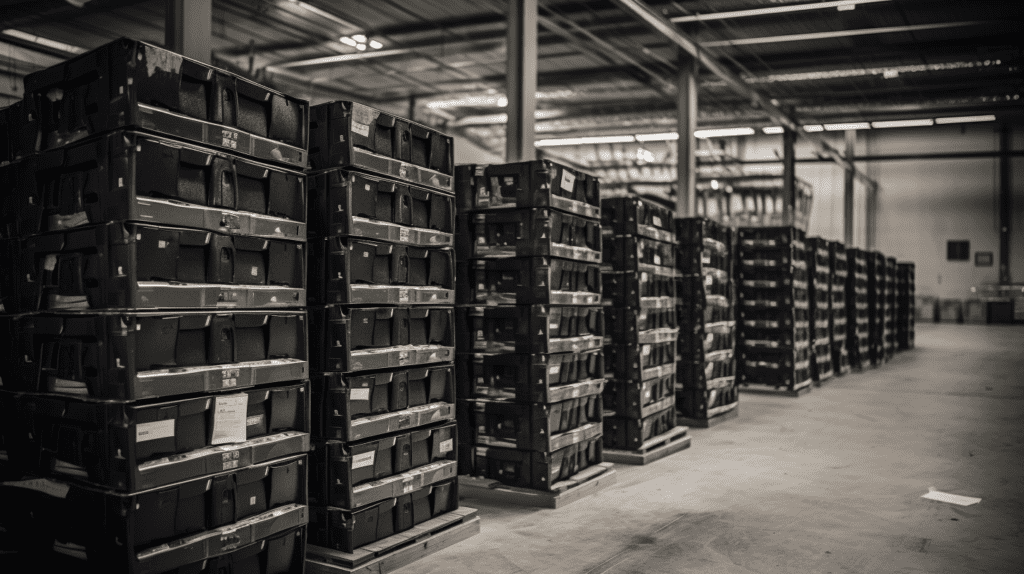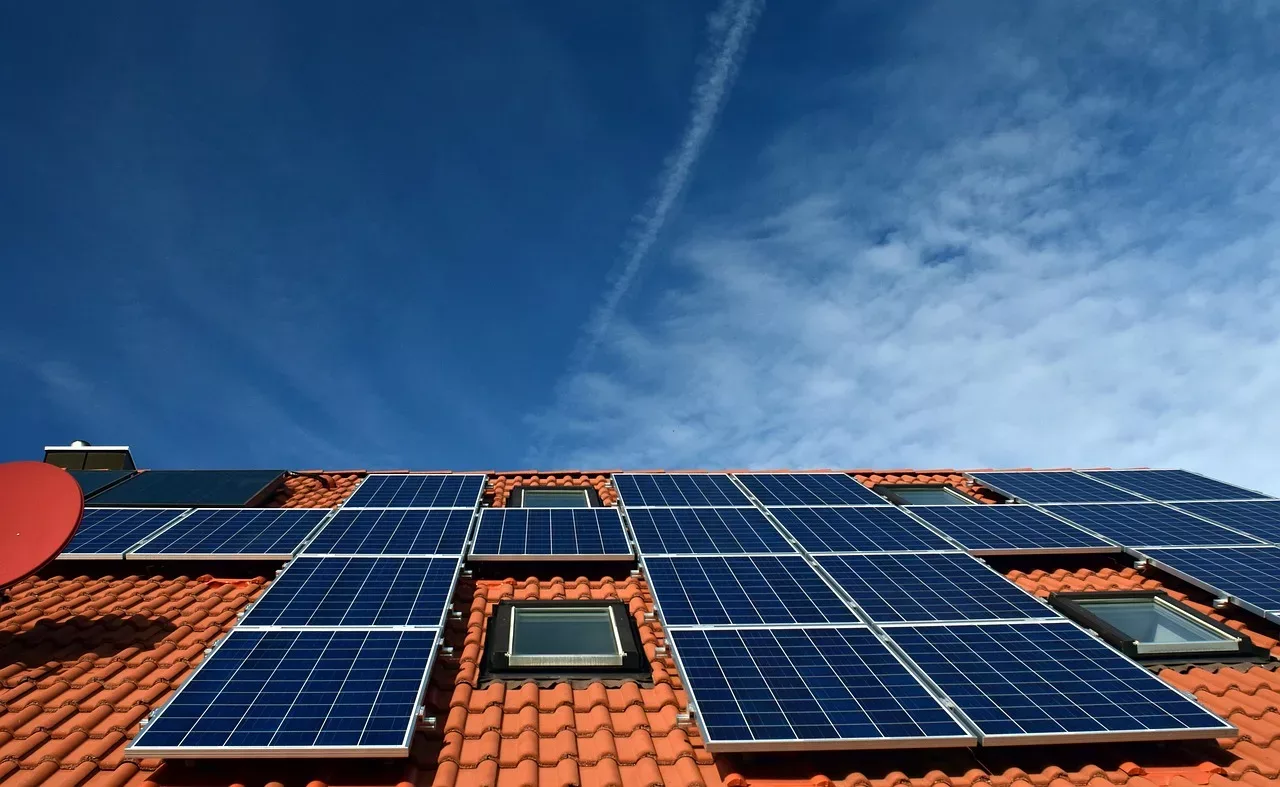California’s grid-scale battery storage capacity has reached an impressive 10.4 GW, with projections indicating it could double to 20 GW by 2026. This rapid expansion is crucial for integrating renewable energy sources and ensuring grid reliability, especially during peak demand periods. The state’s commitment to clean energy is reflected in its ambitious targets for battery installation.
How has California’s battery storage capacity evolved to reach 5 GW?
California’s journey to surpassing 5 GW of grid-scale battery storage capacity has been remarkable. The state achieved this milestone in early 2024, marking a significant increase from just 770 MW in 2019. This growth represents a 1,250% increase over five years, driven by the urgent need to transition from fossil fuels to renewable energy sources. The surge in installations is largely attributed to state policies promoting clean energy and the deployment of advanced lithium-ion batteries.Chart: Growth of California’s Battery Storage Capacity (2019-2024)
| Year | Installed Capacity (MW) |
|---|---|
| 2019 | 770 |
| 2020 | 1,500 |
| 2021 | 3,000 |
| 2022 | 4,500 |
| 2023 | 10,000 |
| 2024 | 10,379 |
What milestones have marked California’s growth in battery storage?
Key milestones in California’s battery storage development include:
- 2019: The state recognized the need for enhanced energy storage solutions due to increasing reliance on renewable energy.
- 2020: Initial investments and projects began ramping up.
- 2021: Significant progress was made as installations surged past 3 GW.
- 2024: Achieved over 10 GW, becoming a leader in the U.S. for energy storage capacity.
These milestones reflect a strategic approach to addressing energy demands and enhancing grid resilience.Chart: Key Milestones in California’s Battery Storage Development
| Year | Milestone Description |
|---|---|
| 2019 | Recognized need for increased storage |
| 2020 | Initial project investments |
| 2021 | Surpassed 3 GW installed capacity |
| 2024 | Exceeded 10 GW installed capacity |
Why is battery storage critical for California’s energy grid stability?
Battery storage plays a vital role in maintaining grid stability by:
- Storing Renewable Energy: Batteries capture excess solar and wind energy generated during the day for use during peak demand hours when these sources are unavailable.
- Enhancing Reliability: By providing backup power during outages or high demand periods, batteries help prevent blackouts.
- Supporting Transition to Clean Energy: As fossil fuel plants are phased out, battery systems provide essential support to ensure a reliable power supply.
The ability of batteries to discharge large amounts of power quickly makes them indispensable for managing fluctuations in electricity demand.
What future projections exist for California’s battery storage needs by 2026?
Looking ahead, California is projected to require approximately 20 GW of battery storage capacity by 2026. This projection aligns with the state’s goal of achieving 100% clean electricity by 2045, necessitating substantial investments in both new technologies and infrastructure. The state aims to enhance its existing battery systems while also exploring long-duration storage solutions.Chart: Projected Growth of Battery Storage Needs in California
| Year | Projected Capacity (GW) |
|---|---|
| 2024 | 10.4 |
| 2025 | 15 |
| 2026 | 20 |
How does California plan to achieve its ambitious energy storage goals?
California plans to achieve its ambitious energy storage goals through:
- Policy Support: Continued governmental support and incentives will drive investment in new projects.
- Technological Innovation: Emphasis on research and development will enhance existing technologies and explore new solutions like pumped hydro and long-duration batteries.
- Infrastructure Investment: Significant investments are planned for grid improvements and interconnections that facilitate the integration of new battery systems.
These strategies are designed to ensure that the state can meet its growing energy demands sustainably.
Latest News
California recently surpassed the milestone of 10.4 GW in grid-scale battery storage capacity. This achievement underscores the state’s leadership in renewable energy integration as it aims for a target of 20 GW by 2026. Governor Gavin Newsom highlighted that this expansion is crucial for transitioning away from fossil fuels while enhancing grid reliability during peak demand periods. The state continues to invest heavily in infrastructure improvements and innovative technologies to support this growth.
Editor Comment
“California is at the forefront of an unprecedented transition towards clean energy,” states Dr. Emily Reyes, an energy policy expert. “The rapid expansion of battery storage not only supports renewable integration but also enhances our grid’s resilience against climate challenges. As we look towards the future, maintaining this momentum will be essential for achieving our climate goals.”
FAQ Section
What is the current battery storage capacity in California?
As of early 2024, California has reached approximately 10.4 GW of installed battery storage capacity.Why is battery storage important for the power grid?
Battery storage is crucial as it helps store renewable energy, enhances reliability during peak demand, and supports the transition away from fossil fuels.What are the future goals for California’s battery storage?
California aims to expand its battery storage capacity to about 20 GW by 2026, aligning with its goal of achieving 100% clean electricity by 2045.How does California plan to achieve its energy storage targets?
The state plans to achieve these targets through policy support, technological innovation, and significant infrastructure investments.
